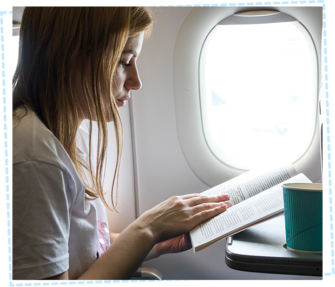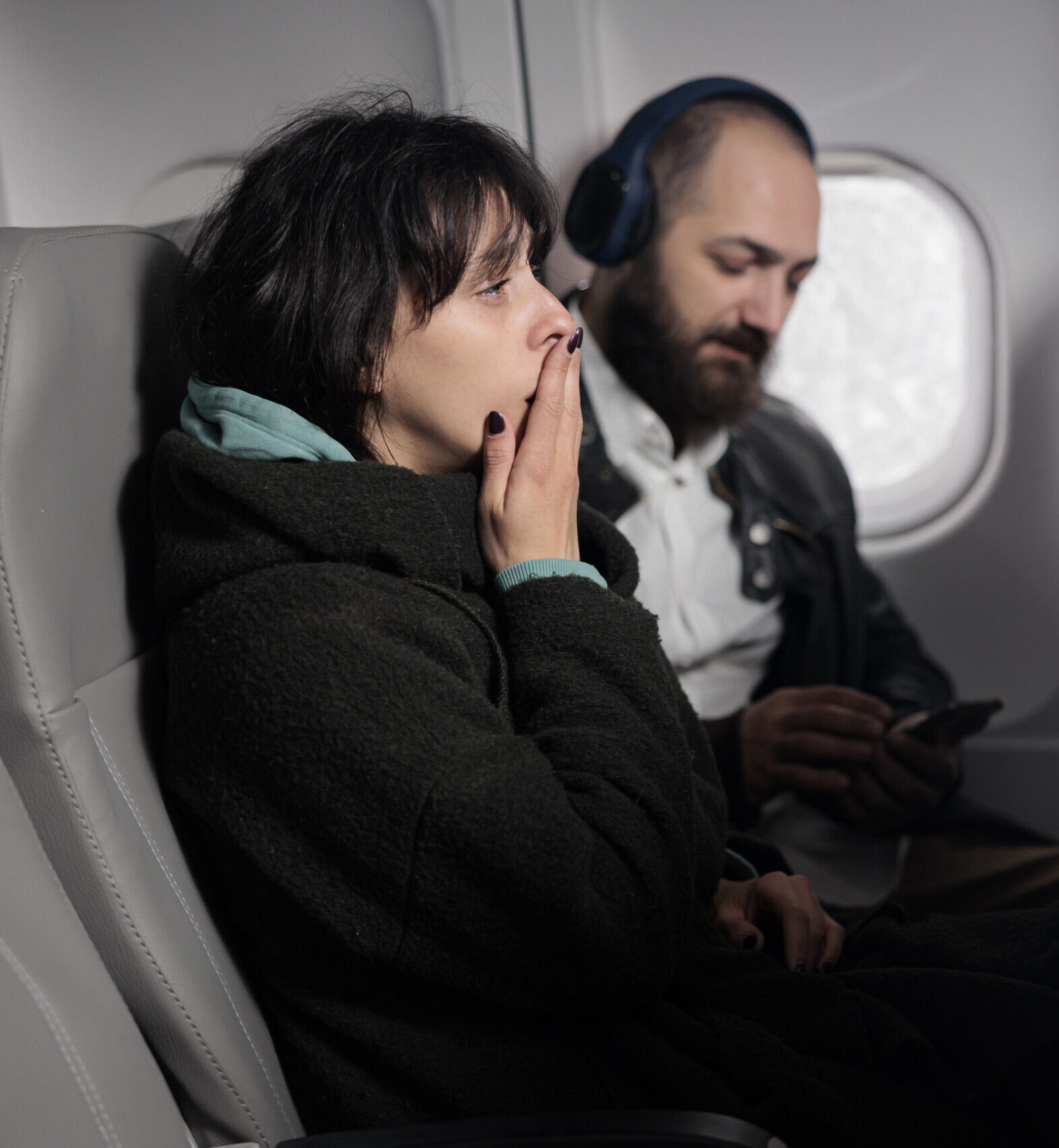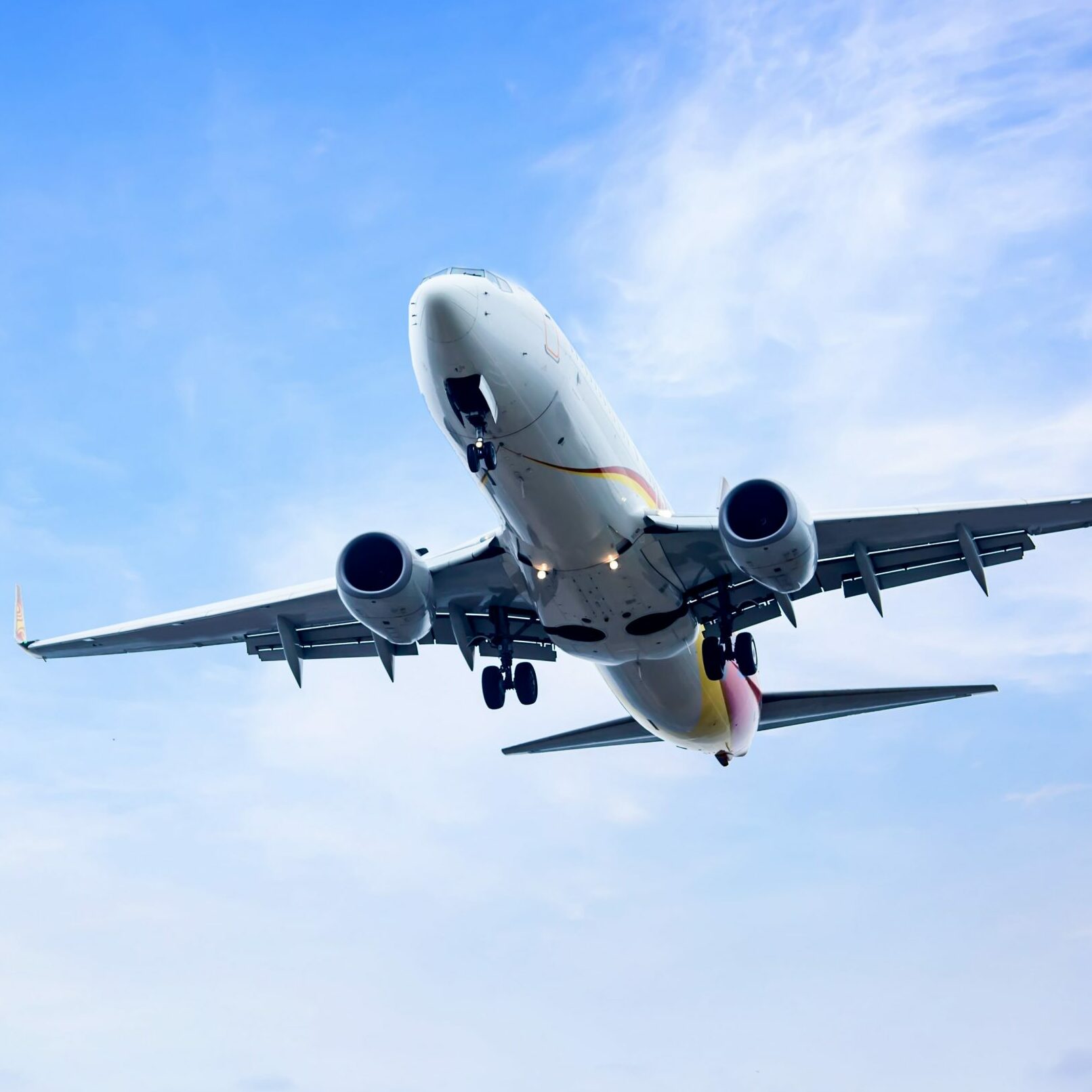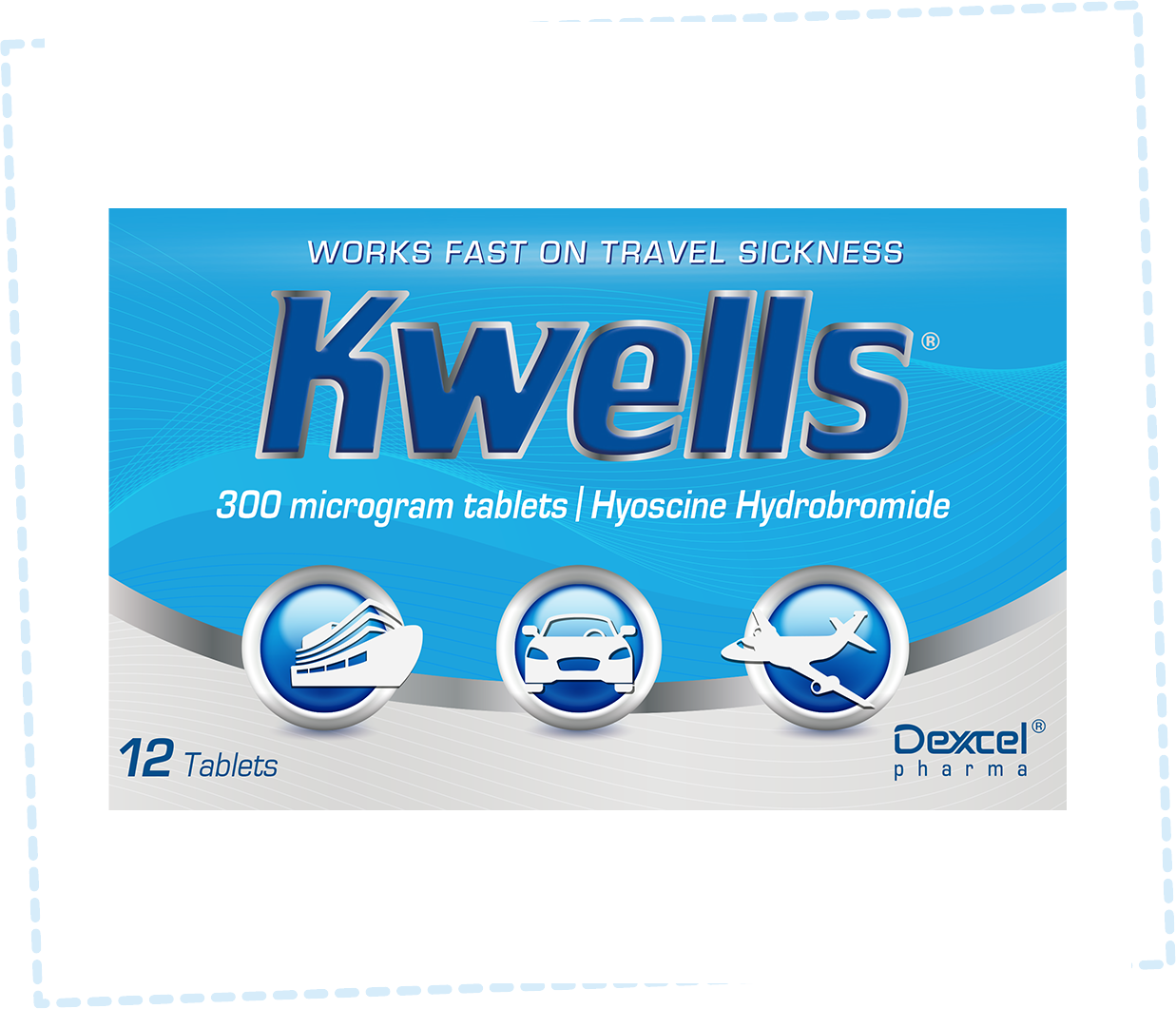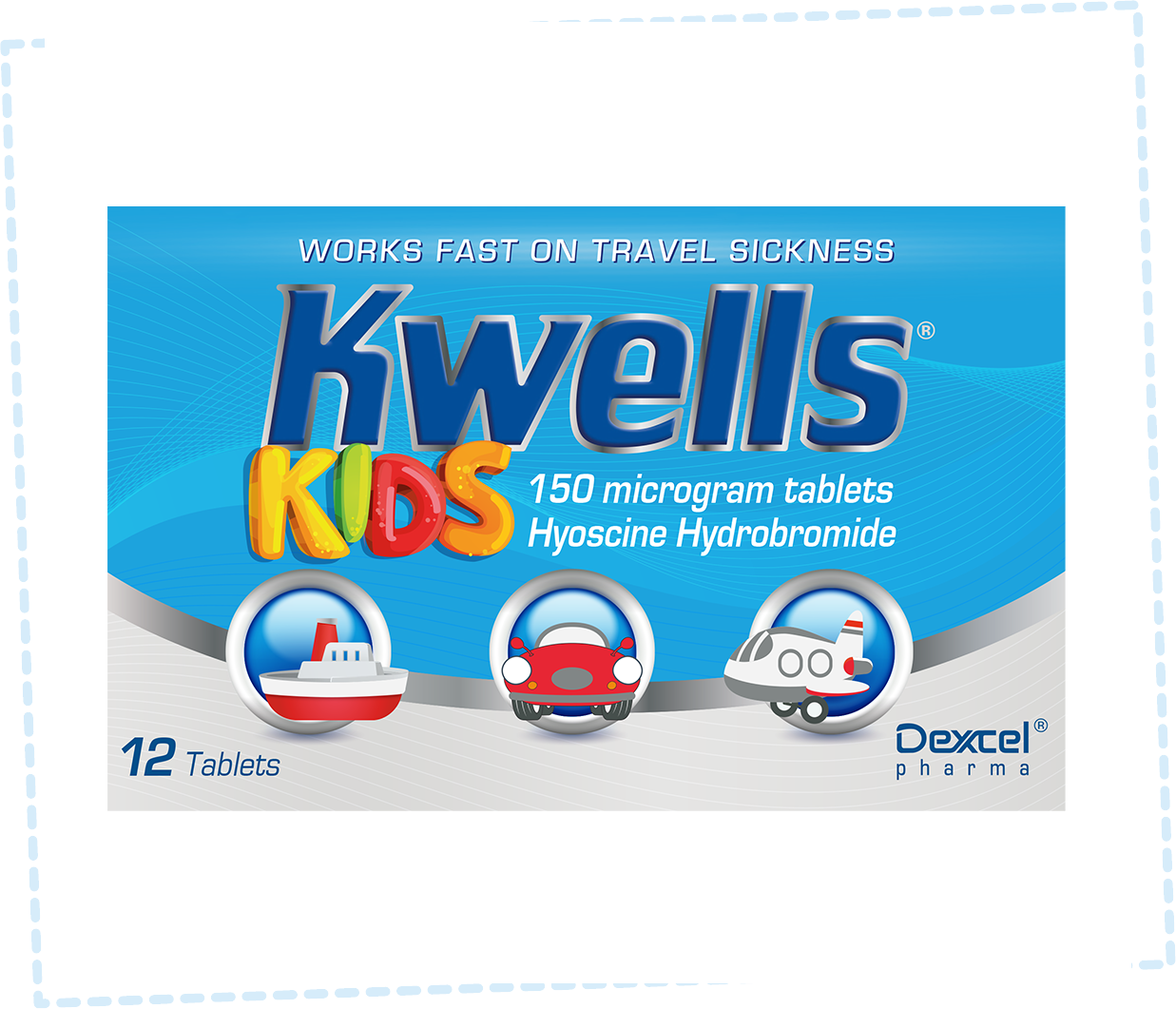Travel sickness tips: Tips for preventing motion sickness on the go
Join our journey of discovery for tips to prevent travel sickness
Travel sickness is no joke. There’s no underestimating the misery and anxiety it can cause. Whether it’s a road trip or journey by boat, train or plane, we’re here to help you travel happy by offering tips, advice and insight.
Before we delve into how you can help to prepare, ease and prevent travel sickness – otherwise known as motion sickness – we thought we’d take you on a journey of discovery into the condition. Just don’t read this while travelling!
We’ve dug out a little research on travel sickness and it goes way back…
The history of travel sickness
Travel sickness is nothing new. In fact, in humans, it’s reportedly been around since the very first modes of transport were invented, apparently dating back to the Greek and Romans who are said to have been very familiar with the condition.1
In 300AD the Chinese called it ‘cart influence’ and ‘ship influence’ and the naval hero Admiral Nelson, who first dipped his toe in sea travel at the age of 12, was said to be a chronic sufferer.1
It’s common among the world’s population – according to some reports around 65% of people suffer from it2 – and women and children tend to suffer more although it’s not really understood why.3
Even animals suffer from it. Dogs, cats, horse, fish and amphibians are all said be prone to motion sickness.2
Why does motion sickness happen
Motion sickness is all down to the vestibular system which coordinates balance and involves signals passed from the inner ear to the brain.4
When we’re travelling our eyes may be telling the brain we’re not moving, particularly if we’re looking at our phones, reading or looking at a stationary object.
Meanwhile our inner ears sense motion and it’s this mismatch of information in the brain which triggers the condition.
It’s not clear why some people are more susceptible than others.3
Children under the age of age two are said to be almost immune1 with some becoming more susceptible as they get older.3
Many are known to grow out of it altogether.3
So, while there may be light at the end of the tunnel if you have a travel-sick youngster in tow, in the meantime it’s all about being prepared and taking action to prevent and ease the symptoms.
At the end of the day, whether it’s you or a member of your family that suffers, it’s something that shouldn’t deter you from travelling, whatever your mode of transport.
It shouldn’t be an inevitable sacrifice for jumping in the car or hopping on a plane, boat or train.
Try these self-care tips to help you look forward to a travel happy future.
Take a grab bag of essentials just in case the worst does happen
Alongside obvious items such as sick bags, wipes, paper towels and hand sanitiser, a disinfectant cleaning aid or car upholstery cleaner is a handy accessory as well as a zip top bag to store discarded clean-up materials until you can dispose of them hygienically.
Try eating a light, carb-based meal such as bread or cereal an hour or two before travelling. Stay clear of heavy meals or greasy foods.3
If travelling by car, plan short breaks into your journey time to allow for fresh air, exercise and refreshments such as cold water.3

On the road
Are you sitting comfortably? Your sitting position really can make a difference to preventing and easing travel sickness.
Try to get a clear view of a window and sit with your head tilted back to stabilise the balancing mechanism in the ear.
Have a window open if possible or get the air flowing through the vents or air conditioning to keep the vehicle well ventilated. It’s best to avoid reading or looking at phones and tablets if possible.
Try to focus on a stable object such as the horizon, close your eyes or perhaps have a little snooze.
In the air
There’s nothing worse than feeling ill on a plane. You’re often cramped, aircraft toilets are the last place you want to be and there’s no opportunity to pull into the nearest layby – let alone the embarrassment of throwing-up in front of an audience of strangers!
Therefore, it’s best to do everything you can to prevent symptoms occurring in the first place. If possible, opt for a seat in the middle of the plane as this is where you’ll experience the least movement.5
A pillow or headrest will help to keep your head as still as possible and might even help you to nod off.5 Try to relax and keep calm by focusing on your breathing. You could also try carrying out a mental activity such as counting backwards from 100!5 Sucking a boiled sweet can ease the pressure on your ears during take-off and landing which may help to prevent or ease symptoms.


Riding the wave
Again, there’s no escape when you’re aboard a boat and choppy waters can make for an uncomfortable journey if you’re prone to motion sickness.
Avoiding alcohol and large meals before your journey is wise, particularly if you’re likely to encounter turbulent weather.6
On a boat trip, try to sit in the middle of the boat where you’ll feel less motion or head out on deck to get some fresh air. If you’re staying overnight, you could choose a cabin in the middle of the ship.3
Try to avoid areas where you can smell engine fumes as these types of odours can trigger motion sickness.3
Keeping your eyes closed or sleep. Listening to music or a podcast can be good distraction and a great way to zone out from the journey.3
On track
Some people find they’re less prone to travel sickness on trains as they’re often able to look out of the window more easily.
You may find sitting in a carriage near the front of the train where it’s more stable helps to stave off symptoms. You could also opt for a seat near the doors so you can experience fresh air every time the train stops.
Try to stay seated as much as possible so you feel less motion than you would standing and look out of the window and focus on the horizon if you do start to feel motion sickness creeping in. If self-help methods aren’t working Kwells Adults Travel Sickness 300 microgram tablets7 or Kwells Kids Travel Sickness 150 microgram tablets8 may be able to help.
The active substance in Kwells tablets is hyoscine hydrobromide. Hyoscine hydrobromide temporarily reduces the effect of movement on the balance organs of the inner ear and the nerves responsible for nausea. Because Kwells tablets melt in the mouth, absorption into the bloodstream is very rapid and they can be taken up to 20–30 minutes before travelling or at the onset of sickness.
Always read the label. If you have any doubts about using Kwells tablets correctly, seek the advice of your pharmacist or doctor.

References:
1 https://www.dizziness-and-balance.com/disorders/central/motion.htm
3 https://patient.info/travel-and-vaccinations/health-advice-for-travel-abroad/motion-travel-sickness
5 https://111.wales.nhs.uk/travelhealth/TravelSickness/
6 https://lloydspharmacy.com/blogs/travel/best-sea-sickness-tablets
Travel Happy Tips
Kwells 300 microgram tablets. For the prevention of travel sickness, suitable for adults and children aged 10+. Contains Hyoscine Hydrobromide 300 microgram. Kwells Kids 150 microgram tablets. For the prevention of travel sickness, suitable for children aged 4+. Contains Hyoscine Hydrobromide 150 microgram. Always read the label

